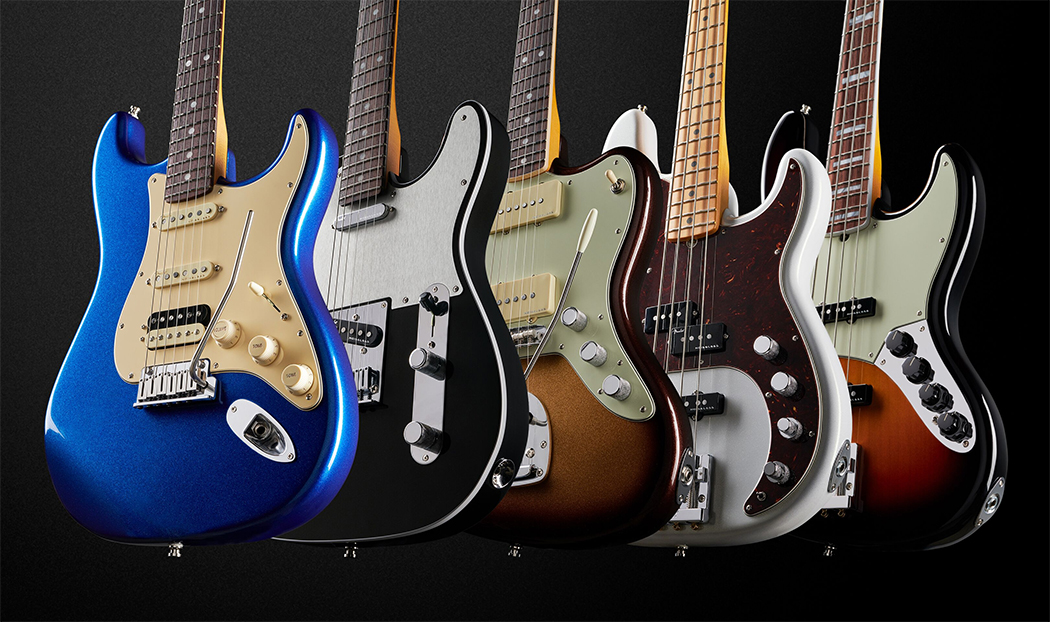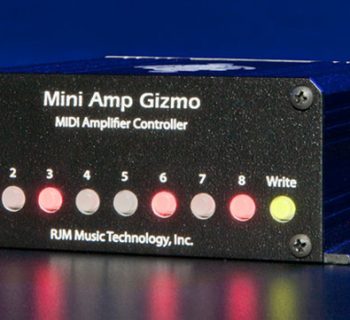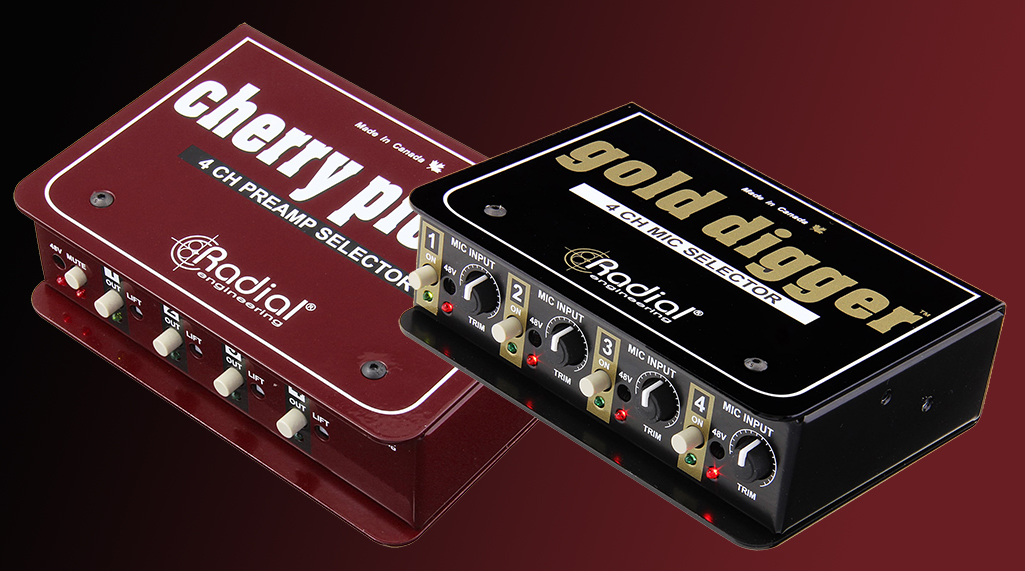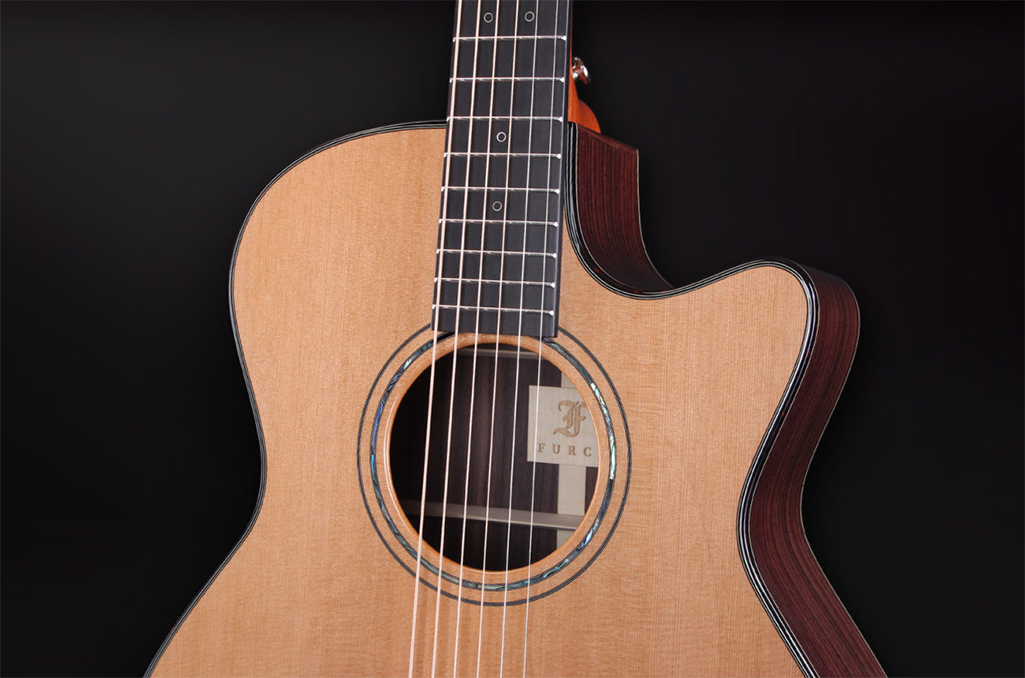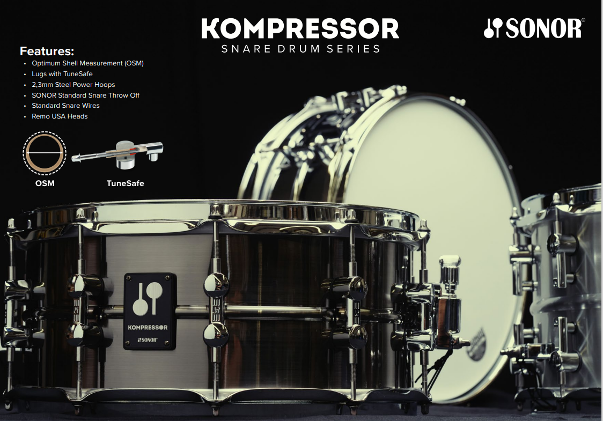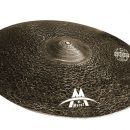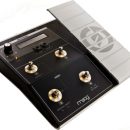 When you want to run multiple effects processors in the effects loop of your amp — especially older products with inferior analog-to-digital converters, connecting them in series would be the ultimate tone sucking kiss of death, so the logical solution would be to run those effects independently through an audio looper.
When you want to run multiple effects processors in the effects loop of your amp — especially older products with inferior analog-to-digital converters, connecting them in series would be the ultimate tone sucking kiss of death, so the logical solution would be to run those effects independently through an audio looper.
But this approach is not without its limitations since not all loopers accommodate stereo effect returns, and if you’re using MIDI control to turn your loops On/Off, you’ll find yourself constantly chopping off the ends of reverb tails and long delay repeats.
| Category | Value | Rating |
| Features | 20% | |
| Usability | 25% | |
| Sound | 25% | |
| Documentation & Support | 10% | |
| Price | 20% | |
| OVERALL RATING = 3.6, which earns it a WIHO Award! 3.6 stars or better: Outstanding, WIHO Award 3 stars or better: Worth considering 2 stars or better: Suited to specific needs 1 star or less: Not recommended |
||
Behold the mighty line mixer! Incorporating a device such as the fantastic RJM Mini Line Mixer into your rig will enable you to blend mono or stereo outputs from multiple devices, both in your amp’s effects loop or routed to a separate amp for building a larger wet/dry/wet rig.
The Mini Line Mixer is simple to implement, transparent in its sound, and inexpensive. If you’re building a complex effects rig, this is one utility device you’ll be happy to take advantage of.
Features
The Mini Line Mixer (MLM) is a very simple, compact device with one mission: mix your effects devices together. It has four stereo input pairs for connecting effects. You can connect mono effects, and if your device supports stereo cables, the left half of each input doubles as a TRS stereo jack. Overkill? Yeah, that’s hardly necessary, but who are we to complain about over-engineering?
The stereo output pair has similar mono, L/R output, or TRS stereo wiring as the inputs.
Power is standard 9V DC (150mA, center negative), so if you place the MLM on your pedalboard, it can work with your standard power supply, and a second power jack allows for daisy chaining power. A narrow wall wart is supplied.
An output level control and dry mute switch for input 4 round out all there is left to discuss. Input 4 is intended for use passing a dry signal through the mixer to blend with your effects (useful if you have a series loop engaged full time). The mute switch is handy when troubleshooting your effects and you want to remove the dry signal from your signal path.
Usability
With its compact form factor and lightweight, we had no trouble installing the MLM in the rear of our effects rack by simply Velcroing it to one of the sidewalls of the case. It should be noted that the narrow power supply is optimized for use on tightly packed power strips, where the jacks are arranged vertically. In our rack, connecting the power supply to our Furman line conditioner required some clever manipulation, as the power supply would have blocked access to a necessary, adjacent outlet. We picked up a short extension cable at the hardware store to resolve the only tricky part of putting this simple device to use.
You can use the Mini Line Mixer in a simple rig with just one amp head, running all of your effects in mono, or you can use it in a wet/dry/wet configuration, where you take the effects out of your direct signal path and route them through a stereo power amp and speaker cabinets.
 Most of the time, you’ll want to place an audio looper in front of your multiple effects devices to route audio from your amp’s effects loop Send into the various devices. In our testing, we easily integrated the MLM into a stereo rig and a wet/dry/wet rig as follows:
Most of the time, you’ll want to place an audio looper in front of your multiple effects devices to route audio from your amp’s effects loop Send into the various devices. In our testing, we easily integrated the MLM into a stereo rig and a wet/dry/wet rig as follows:
The output of our ENGL e580’s preamp effects loop Send went into an RG-16 audio looper, and we placed multiple effects processors from TC Electronic, Eventide, and Line 6 in separate loops. But rather than return the output from those devices to the RG-16, we ran their stereo outputs into the MLM, and then the stereo output from the MLM went to the ENGL preamp’s effects loop Return. With this configuration, bypassing individual audio loops in the RG-16 wouldn’t cut off delay repeats or reverb tails as the audio feeding the loop return was passing through the mixer instead of the looper.
Because our preamp offered both series and parallel operation of its effects loop, we didn’t need to use the dry channel on the MLM and instead used our preamp’s mix control to pass dry signals straight through our preamp into an ENGL 850/100 stereo power amp. This also left the fourth set of inputs available for another effects device.
In a wet/dry/wet scenario, rather than returning the output from the MLM to our preamp’s effects loop Return, the output runs into a dedicated stereo power amp with its own speakers. For this scenario, we ran the output into a second power amp — a Peavey Classic 50/50, and into a dedicated stereo speaker cabinet, leaving only dry signals running through our ENGL power amp into its separate speaker cabinet.
There is no direct control over the level of the individual channels in the MLM, so it is best used with devices that have similar output levels, like multiple rack units all operating at +4 or -10 dBu. Mixing rack gear and pedals in the loops may require a adding some kind of signal driver (like a Radial J+4) to bring the odd device’s output level to the same range as your other gear.
Sound
What does the Mini Line Mixer sound like? Nothing, which is as it should be. We’re always hesitant to introduce anything extra into our signal path, and there are some players who fear adding audio loopers and mixers can impact your tone. No worries here. The MLM did its job combining outputs from the multiple effects processors without introducing any unwanted noise or any ground loop issues.
Documentation and Product Support
RJM Music Technology make products that are universally easy to use, and the documentation is better than what you’ll get with many other products. The manual for the MLM includes very useful illustrations and explanations for use of the mixer.
Price
The Mini Line Mixer (MSRP $209) can be found for just under $200. Even at full retail, it carries a low enough price tag that any player in need of a line mixer should be able to afford placing it in their rig.
Contact Information
RJM Music Technology
http://www.rjmmusic.com
| Evaluation Short-List |
|




